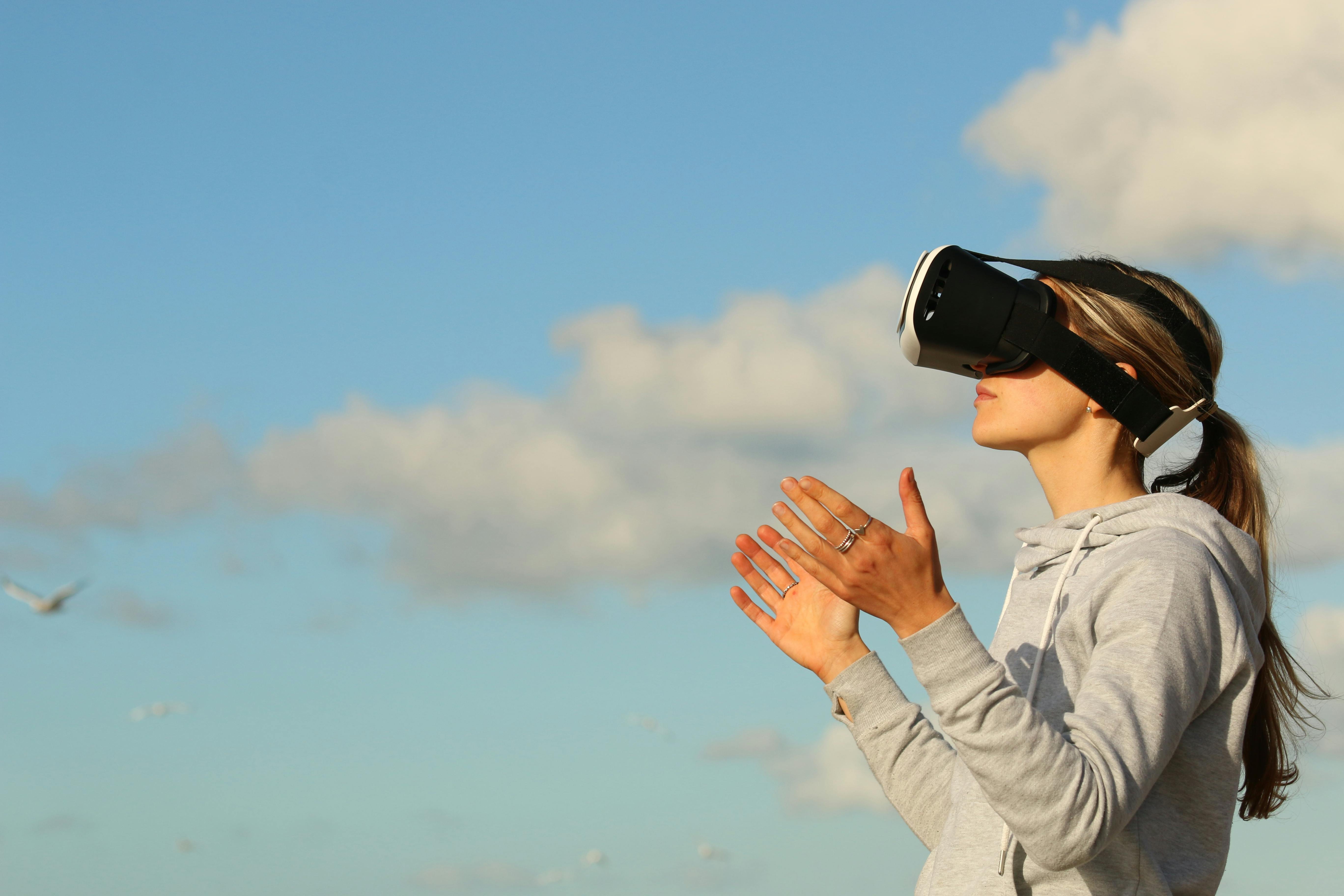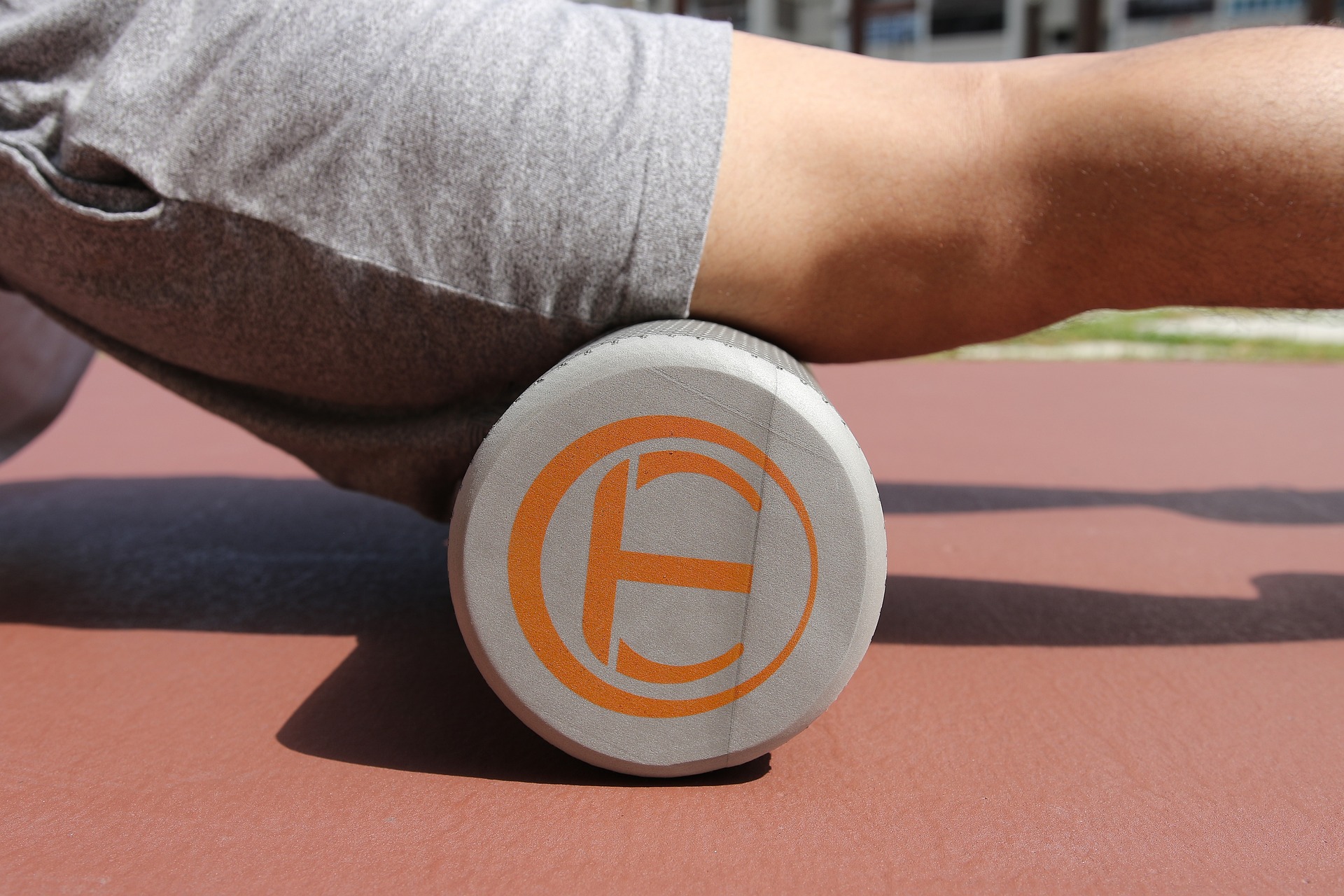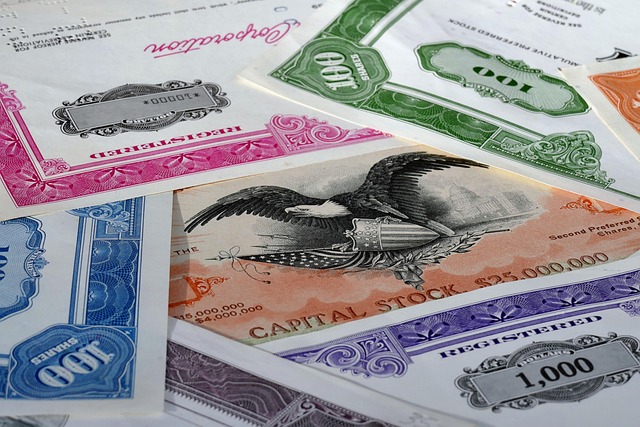Virtual Reality: A New Frontier in Artistic Expression
If you thought art was confined to canvas or performance stages, prepare to have your perceptions shattered. Virtual Reality (VR) is revolutionizing the arts and entertainment industry, offering immersive experiences that blend creativity, technology, and storytelling in unprecedented ways.

A Dive into the Digital World
The history of VR dates back to the mid-20th century, yet it wasn’t until the early 2010s, with the rise of Oculus Rift, that VR started to make significant inroads into mainstream consciousness. Its potential for artistic applications was recognized early on, but it’s only recently that creators have begun to truly explore and exploit this medium.
The Here and Now: VR in 2022
VR has made significant strides in the past few years, with several high-profile releases that have boosted its commercial visibility. Artists are creating immersive worlds that allow viewers to become part of the art, while theatre companies are experimenting with VR performances that transform the way we engage with live action.
Impact: How VR is Changing the Arts
The impact of VR on the arts has been profound, offering new modes of expression and engagement. It’s pushing the boundaries of traditional art forms, from painting and sculpture to dance and theatre, and inviting audiences to actively participate in the artistic experience.
Significance: The Future of Art
With its capacity to create immersive, interactive experiences, VR is poised to redefine the way we create and consume art. It’s not just about viewing or watching; it’s about stepping into and interacting with the artwork, a shift that could fundamentally change our understanding of what art can be.
Reception: A Mixed Bag
While many are excited about the potential of VR, its reception has been mixed. While some hail it as a game-changer, others express concern about accessibility and the potential loss of physicality in art. However, as technology evolves and becomes more accessible, it’s likely that VR will become an integral part of the artistic landscape.
In conclusion, VR offers a fresh perspective on artistic expression, challenging our preconceptions and pushing the boundaries of what’s possible. It’s a fascinating and evolving field, one that promises to redefine the arts and entertainment industry in profound and exciting ways.




